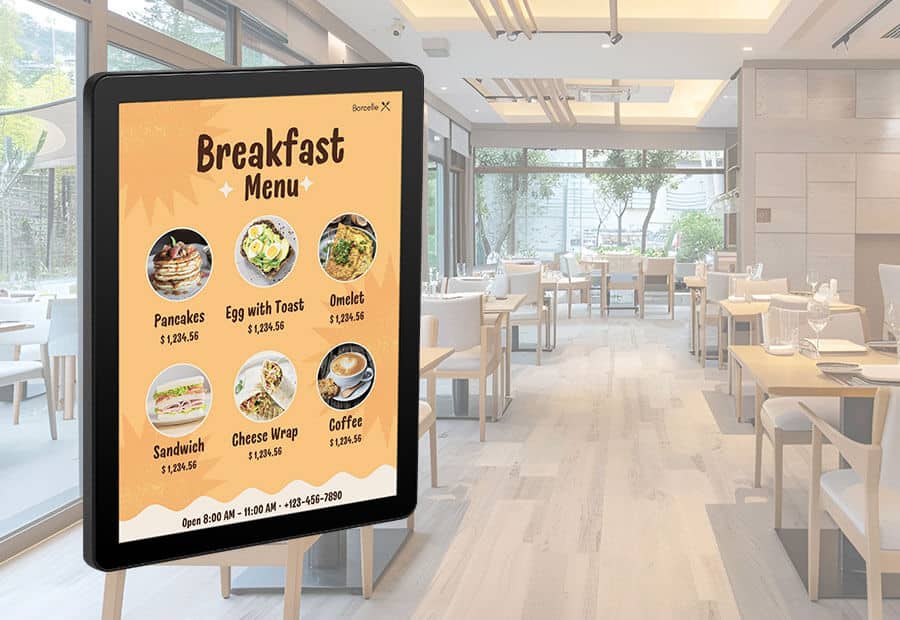The Advantages of Electronic Paper Displays for Readers
The Advantages of Electronic Paper Displays for Readers
Blog Article
Display technology is becoming a built-in part of our everyday lives, showing in from smartphones and e-readers to large-scale advertising panels. On the list of diverse array of E ink computer display, OLED (Organic Light-Emitting Diodes), and LED (Light-Emitting Diodes) have surfaced as some of the very most commonly discussed options. While every type serves its own special purpose, their differences in features, effectiveness, and use instances make sure they are suited to certain applications. Let's have a deeper consider the essential traits of those display technologies.
Electronic Paper displays (ePaper)
Electronic Paper displays, also called ePaper or Electronic Ink displays, are made to imitate the appearance and readability of traditional Ink on paper. That engineering uses little microcapsules comprising priced black and bright contaminants suspended in a definite fluid. When a power field is used, the particles move to each side of the pill, making an obvious image. The picture remains static until yet another electrical subject is applied, which makes it ideal for displaying text-based material such as publications, newspapers, and e-readers.

Among the major advantages of ePaper displays is their low power consumption. Unlike traditional LCD
Understanding Electronic Paper displays
An electric Paper display (ePaper) mimics the looks of Ink on paper. Unlike conventional screens, ePaper depends on their ability to reflect normal light rather than emitting their own. This technology not merely decreases eye strain but additionally offers unmatched readability in sunlight, making it perfect for e-readers and electronic signage solutions.
One standout feature of ePaper displays is their extremely low power consumption. Because they only use energy when changing material, ePaper screens are extremely successful and suited to battery-powered devices. Nevertheless, their renew prices are slower compared to OLED and LED displays, decreasing their applicability to static or minimally dynamic content.
OLED displays
OLED displays are noted for their spectacular visible quality, providing lively shades, serious blacks, and outstanding contrast. Each pixel within an OLED display produces its own mild, reducing the need for a backlight. This not just permits leaner, more lightweight types but additionally results in better power performance in comparison to LED using scenarios.
One crucial advantageous asset of OLED displays is their flexibility. They can be made in rounded or foldable types, creating them popular in cutting-edge smartphones and wearable devices. Nevertheless, OLED displays have problems, such as for example susceptibility to burn-in and smaller lifespans in comparison to other technologies.
LED displays
LED displays, the most common of the three, count on a backlit process to gentle their pixels. Without as creatively striking as OLED E ink signage, LEDs are very sturdy, long-lasting, and cost-effective. These qualities cause them to become ideal for a larger array of programs, including TVs, pc monitors, and outside advertising.
LED displays usually accomplish properly with regards to perfection, creating them a good choice for surroundings with high ambient light. However, they flunk in achieving the same strong comparison and color reliability as OLED technology.

Ultimate Comparison
When choosing between ePaper, OLED, and LED displays, the choice depends mainly on the intended purpose. For static material like examining or signage, ePaper excels having its low power consumption and high presence in organic light. OLED shines in purposes where vivid shades and freedom are paramount. Meanwhile, LED remains a dependable and cost-efficient solution for a variety of general-purpose needs.
Each display engineering delivers something special to the dining table, ensuring that there's a perfect selection for every situation. Understanding these differences might help customers and organizations make informed choices that suit their certain display requirements. Report this page